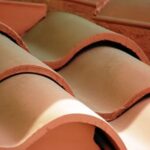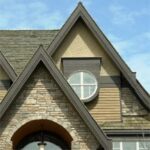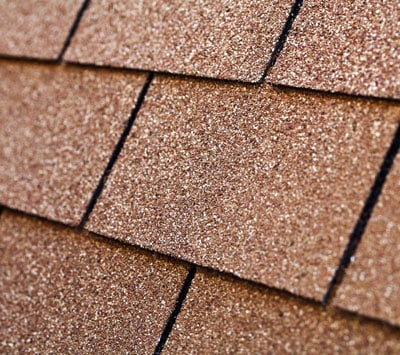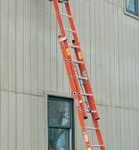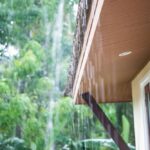House roof framing and construction diagrams, with important roofing terms, roof shapes and framing types.
Over the centuries, roof-building techniques have been refined to yield roofs of considerable strength and durability. A wide variety of materials has been developed that will last many years—in some cases, as long as the house. And homeowners have a vast selection of materials, colors, prices, and other features from which to choose.
A contemporary roof, regardless of shape or surface material, consists of a variety of components that include wood framing, sheathing, underlayment, flashing, gutters, and, of course, the shingles or other finished surface. The illustration here shows how these materials go together to make for a sound roof.
The roof deck is made up of sheathing and, in most cases, underlayment, which is called roofing felt. The type of deck used depends on the finished roofing material. Most call for solid plywood or oriented-strand-board (OSB) panel sheathing; wood shingles and some tile or metal roofs call for spaced-board sheathing.
Roofing felt is sandwiched between the sheathing and the surface material on most roofs. This heavy, fibrous black paper saturated with asphalt helps repel any water that might find its way past the roofing material.
Flashing helps repel water wherever the roof surface is broken by dormers, intersecting roof planes, and protrusions, as well as along the roof’s edges. Flashing is traditionally made from galvanized steel, aluminum, or vinyl.
NEXT SEE: How Roof Flashing Works
Featured Resource: Find a Pre-Screened Local Roofing Contractor



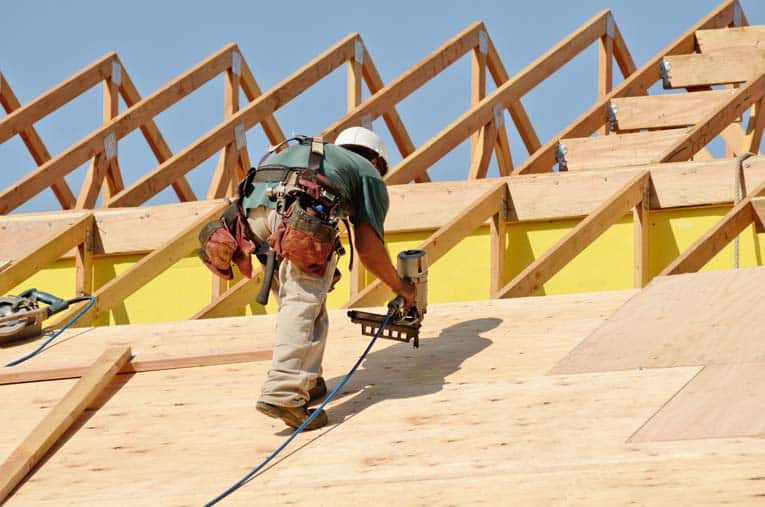
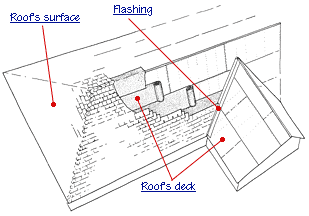
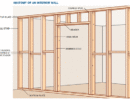

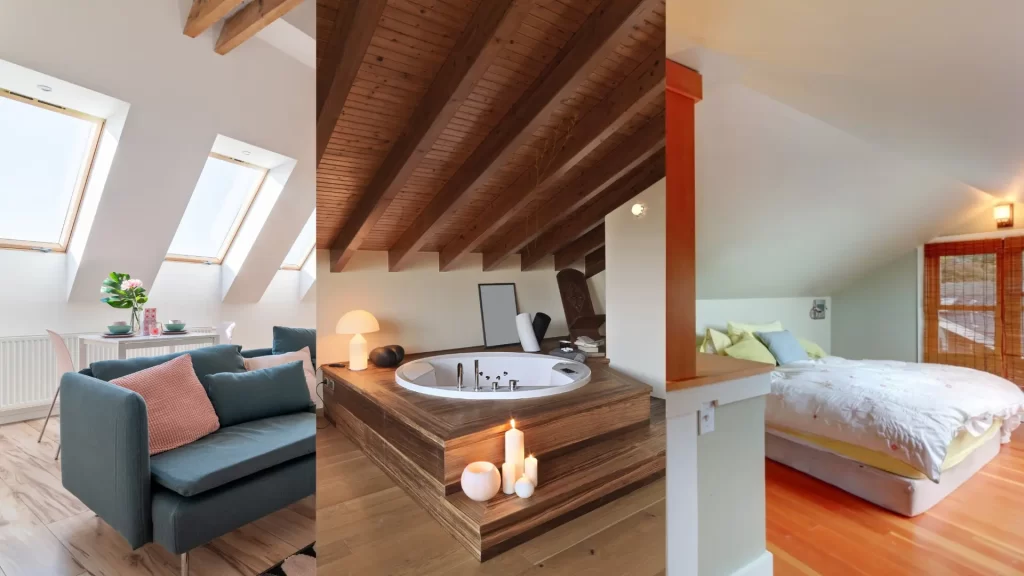
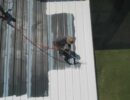
 Don Vandervort writes or edits every article at HomeTips. Don has:
Don Vandervort writes or edits every article at HomeTips. Don has:
